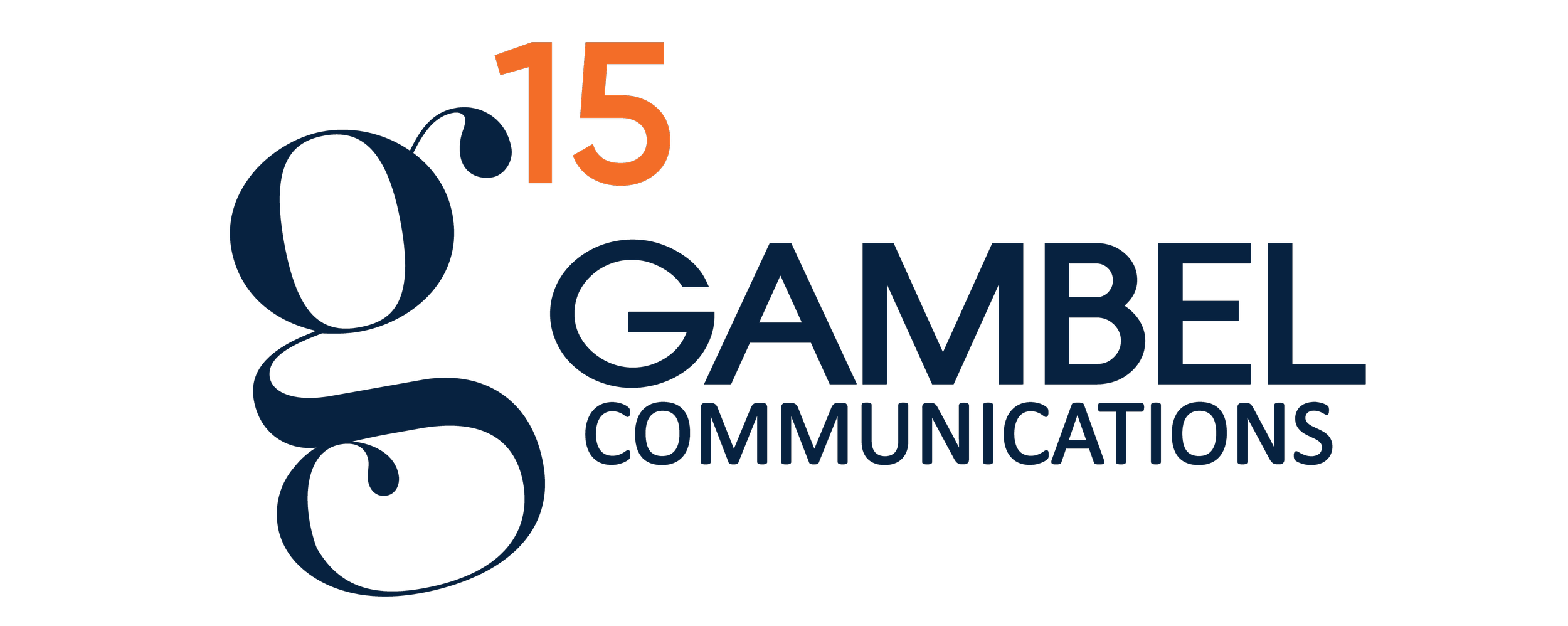Why does visual storytelling matter?
Graphic design is a powerful tool that can elevate a brand's image, captivate audiences and communicate messages effectively. Whether you're a small startup, a nonprofit or a well-established corporation, investing in quality graphic design is crucial for achieving success in today's visually driven world.
First Impression Matters: Visual storytelling serves as the face of your organization. It's the first thing people see when they encounter your brand, whether it's a logo, website, or marketing collateral. A visually compelling design captivates the audience, piquing their interest and leaving a positive, lasting impression. This initial engagement can significantly impact how potential customers perceive your organization.
Enhanced Communication: Effective creative communicates complex information more efficiently. Through the strategic use of visuals, icons or infographics, you can convey messages in a concise and engaging manner. People tend to process visual information faster than text, making graphic design an invaluable asset for delivering your brand's story, values, and services.
Brand Credibility and Trust: High-quality creative establishes trust and credibility for your organization. A well-designed logo, professional website, and polished marketing materials convey a sense of professionalism and reliability. Customers are more likely to trust a brand that invests in its visual presentation, leading to increased customer loyalty and positive brand perception.
As you can see, quality graphic design matters! However, many often fall prey to common design mishaps that can hinder their growth.
Overcrowded Composition: One of the most prevalent mistakes is creating overcrowded designs that overwhelm viewers. Filling every inch of a layout with information, images, and various design elements may seem like a comprehensive approach, but it can lead to confusion and distract from the main message. Clean, uncluttered designs with strategically placed elements are more visually appealing and convey information more effectively.
Inconsistent Branding: Consistency is paramount in graphic design, especially when it comes to branding. Using different colors, fonts, or visual styles across various marketing materials can weaken the brand's identity and make it challenging for the audience to recognize and remember the organization. Establishing brand guidelines and adhering to them diligently will ensure a cohesive and memorable brand presence.
Ignoring Mobile Responsiveness: With the ever-increasing use of smartphones and tablets, it is essential to prioritize mobile responsiveness in graphic design. Neglecting to create designs that adapt to various screen sizes can result in distorted images or text, making it difficult for mobile users to engage with the content. Embracing responsive design principles ensures a seamless user experience across all devices.
Creative plays a crucial role in shaping a brand's identity and impact. Avoiding these common design mistakes is vital to ensure effective communication with the audience. Embracing the significance of quality design can significantly contribute to an organization's success and growth in today's competitive landscape. By harnessing the power of visual storytelling, businesses can truly stand out and connect with their target audience on a deeper level.



